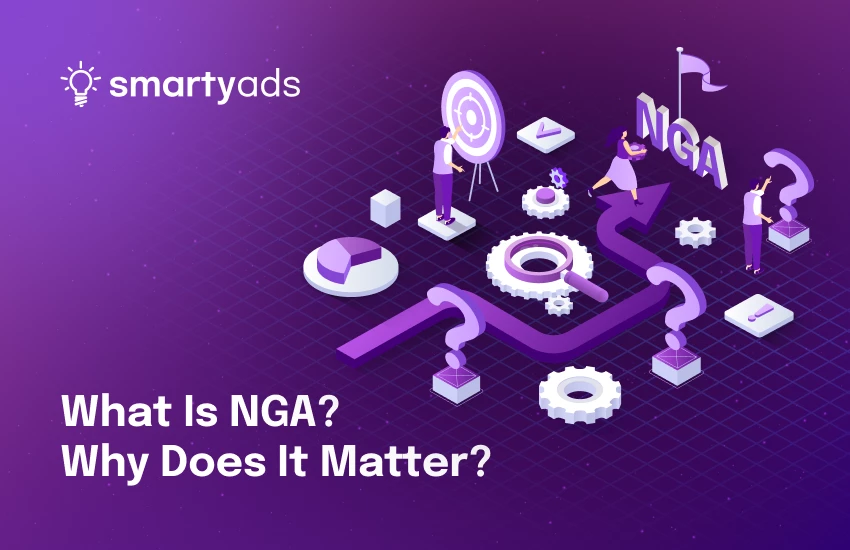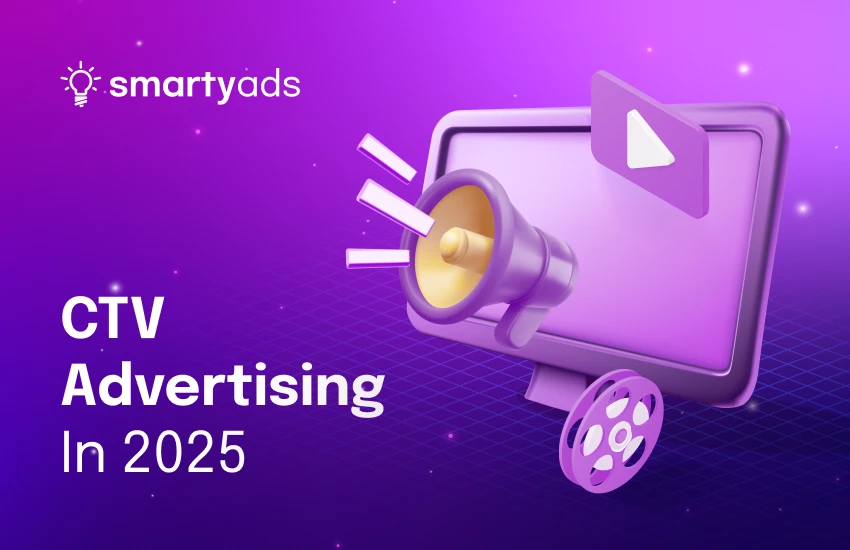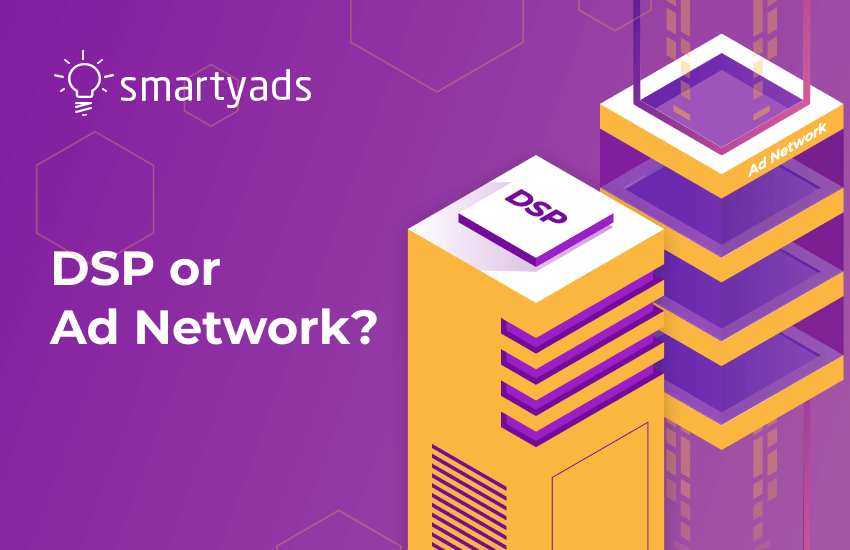In programmatic advertising, decisions are made in milliseconds — and yet the systems behind those decisions often fall short of the moment's complexity. That’s why NGA (Non-autoregressive Generative Auction) was created. It’s a new auction framework developed by researchers at Meituan. While still in the research stage, it’s already prompting serious conversations across the ad tech area.
NGA introduces a faster, more context-aware approach to auction logic — one that could meaningfully impact how campaigns perform, how DSPs evolve, and how users experience digital advertising.
What is NGA — and what makes it different?
Traditional auction models, such as Generalized Second Price (GSP), are built on the idea that each ad is evaluated in isolation. This works — up to a point. But in reality, ads don’t exist in a vacuum. They appear within environments, alongside content, and often in sequence with other ads.
NGA breaks from the conventional step-by-step logic and looks at the bigger picture. It processes decisions in parallel and factors in how ads relate to each other and to the surrounding content.
📌 According to IAB, users typically engage with 3–7 ad touchpoints before converting. Ignoring context and sequence means leaving performance on the table.
NGA addresses two long-standing limitations of existing systems:
1. Lack of Context Awareness
Most auctions focus narrowly on bid values and targeting parameters, overlooking what’s happening around the ad — whether it complements the content, or disrupts it.
2. Sequential Processing
Many systems evaluate bids one at a time, which creates bottlenecks and delays. In a world where speed directly influences revenue, this is increasingly unsustainable.
The NGA approach: faster decisions, smarter placement
The core of NGA is its non-autoregressive architecture — which allows the system to evaluate multiple options at once, rather than sequentially. This unlocks new capabilities for real-time auction logic and relevance scoring.
In Meituan’s internal tests, NGA outperformed previous generative models with:
- +2.2% Revenue Per Mille (RPM)
- +1.8% Click-Through Rate (CTR)
- −6.5% latency in response time
What sets NGA apart is that it doesn’t just weigh ad vs. ad — it also evaluates the relationship between ads and the organic content that users came to see. Articles, social posts, videos — all of this is part of the context that NGA can factor into placement decisions.
If you've ever scrolled past an ad that felt completely out of place, you already understand the problem NGA is trying to solve.
What this means for advertisers and DSPs
For media buyers, NGA represents more than an academic shift — it points to practical changes in how auction strategies can evolve.
For advertisers:
- Better Alignment: Context-aware placements tend to resonate more with users — improving both engagement and perception.
- Future-Ready Strategy: As contextual intelligence becomes a standard, understanding how your platforms handle it becomes a differentiator.
- Improved ROI: As NGA-style systems mature, expect smarter delivery and stronger campaign performance.
For DSPs and platforms:
- Technical Direction: NGA offers a preview of where auction mechanics are heading — faster, parallel, and more nuanced.
- Market Positioning: Platforms that can incorporate NGA-inspired logic early may gain an edge in both efficiency and outcomes.
- Clear Benchmarks: The published metrics give teams a tangible performance bar to aim for.
A broader shift: contextual intelligence at the core
NGA is part of a bigger tendency across the industry — a step from user-level targeting toward contextual awareness. As data privacy expectations become the focal point, platforms are exploring smarter, more sustainable ways to match ads with attention.
Industry trends underscore the momentum:
- US programmatic ad spend is projected to hit $493B by 2029 (Statista)
- 54% of surveyed marketers are planning to increase investment in contextual targeting (Statista)
By relying on real-time content understanding — not personal data — NGA offers a privacy-conscious path forward. And that makes it all the more relevant in today’s regulatory environment.
Why this research is timely
Innovations in ad tech tend to move from “experimental” to “expected” faster than most anticipate. While NGA is still evolving, the principles behind it are already influencing how forward-thinking platforms approach auction logic.
If smarter auction models can deliver 15–20% performance gains — as early research suggests — it's only a matter of time before advertisers begin asking for those gains by name.
What leading DSPs are already doing
Even before NGA is production-ready, some DSPs are adopting similar ideas in their product development:
- Contextual signals beyond keywords — analyzing page meaning, layout, and engagement patterns
- Parallel decisioning to minimize delay
- Real-time content mapping for better ad-content alignment
- Multi-objective optimization balancing revenue, user experience, and campaign outcomes
The platforms that stay competitive will be the ones building with these principles today — not waiting for them to become the default tomorrow.
Preparing for smarter auctions
NGA isn't just a research paper — it’s a signal of where auction technology is going. Smarter, faster, and more context-aware systems promise better outcomes for everyone involved: advertisers, platforms, and users.
The shift is already underway. The real question is: Are your partners ready for what’s next?
Want to work with a DSP that’s actively aligning with the future of ad auctions?
Reach out today to learn how we’re building for what’s coming — not just what’s now.




